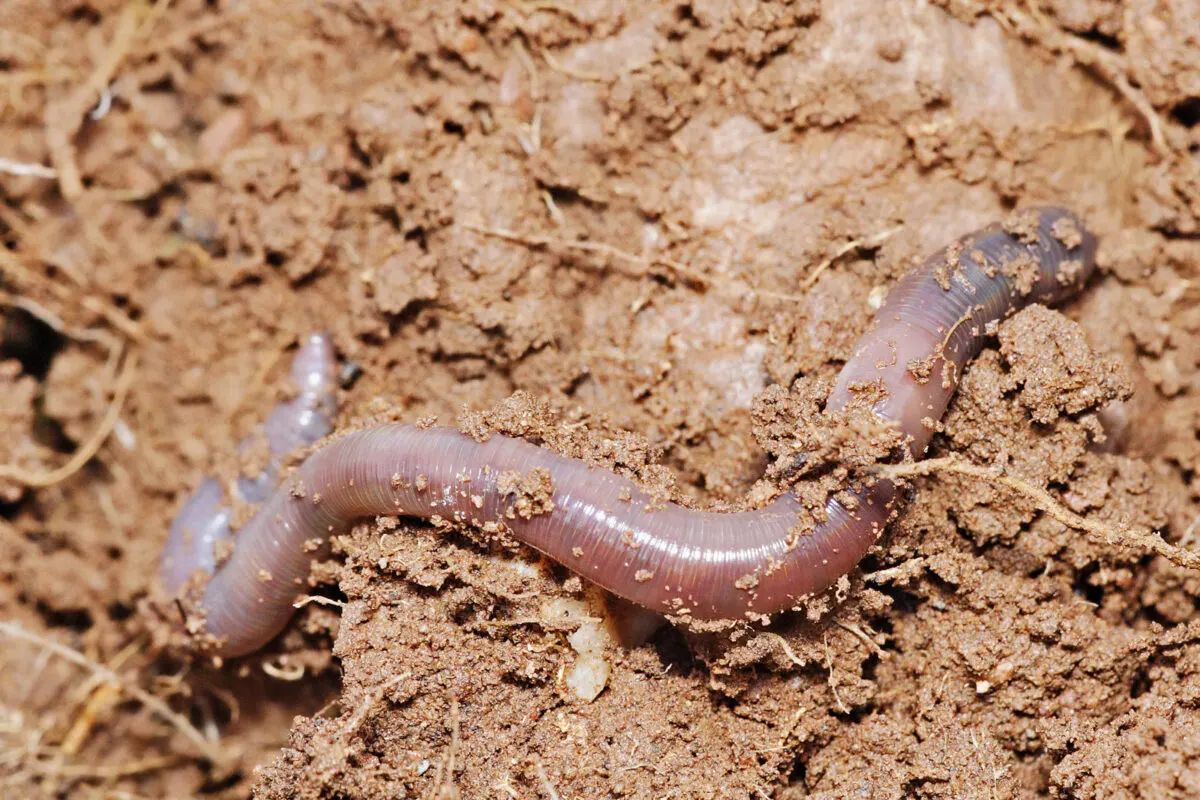Welcome to the world’s largest earthworm! When you imagine earthworms, you might conjure up images of small, wriggling creatures beneath the soil’s surface. However, not all earthworms fit this miniature mold; some are colossal in comparison, dwarfing their smaller counterparts. Today, we delve into the realm of these giant earth-dwellers, uncovering fascinating facts about the largest earthworms in existence.
Understanding Earthworms: Tiny Tunnellers with Big Roles
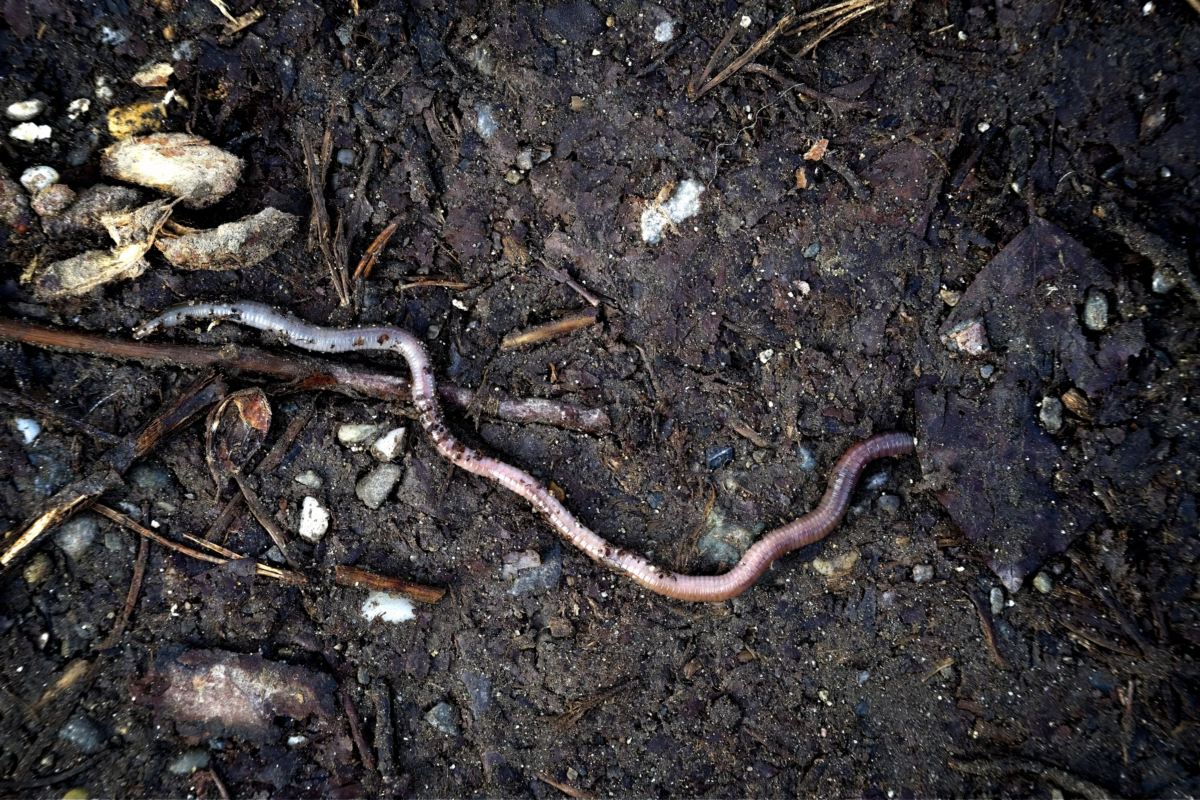
Image by Julian Zwengel via Unsplash
Before delving into the world of these small giants, let’s first understand what earthworms are and their crucial role in ecosystems. Earthworms, belonging to the phylum Annelida, are terrestrial invertebrates with segmented bodies. Found predominantly in soil, these creatures play a vital role in recycling organic matter, ranging from plant debris to microorganisms, thereby enriching the soil and supporting plant growth. Remarkably, they lack lungs, relying on their skin for respiration, and possess unique adaptations for burrowing through the earth.
Meet the Giant Gippsland Earthworm: A Marvel of Size
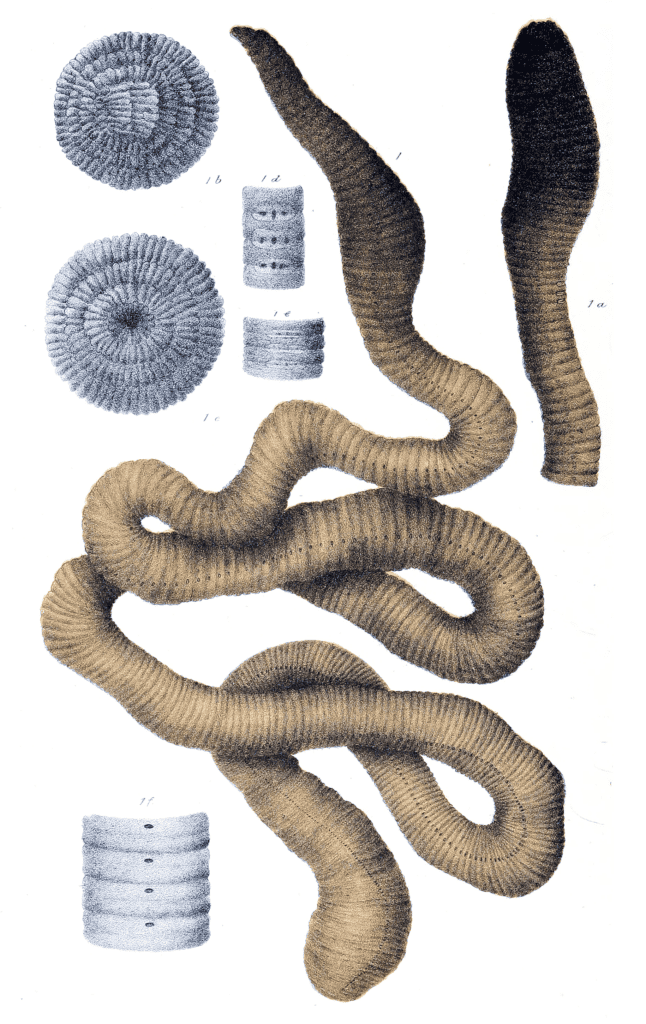
The crown jewel of this kingdom, the Giant Gippsland Earthworm (Megascolides australis), reigns as the largest earthworm species globally. Residing exclusively in the Bass River Valley of South Gippsland, Australia, these colossal creatures boast an average length of 3.3 feet (1 meter) and a diameter of 0.79 inches (2 centimeters), with exceptional specimens stretching up to an astounding 9.8 feet (3 meters) long. Discovered in the 1800s, their massive size initially led observers to mistake them for serpents—a testament to their extraordinary proportions compared to typical earthworms.
The Enigmatic Life of Giant Gippsland Earthworms
While the Giant Gippsland Earthworms predominantly inhabit the moist subsoils of riverbanks, their sightings above ground are rare, as they prefer to remain hidden in their subterranean abodes. Formerly dwelling beneath dense forests, their habitat has now yielded to farmland, yet these resilient creatures persist despite habitat alterations. Remarkably sensitive to surface vibrations, they retreat deeper underground upon sensing disturbances, emitting audible gurgling sounds as they maneuver beneath the earth’s surface. Classified as a protected species, these slow-reproducing worms face conservation challenges due to habitat loss and human disturbances.
African Giant Earthworm – The Individual Record Holder

While the Giant Gippsland Earthworm claims the title of the largest species, the record for the single largest earthworm belongs to Microchaetus rappi, also known as the African Giant Earthworm. Discovered in South Africa in 1967, this colossal specimen measured an astonishing 21 feet (6.7 meters) in length and 0.8 inches (20 millimeters) in diameter, earning it a prestigious place in the Guinness Book of World Records. Despite this singular giant, the species typically averages a more modest length of about 4.5 feet (1.4 meters).
Muscular Marvels: How They Stretch and Move
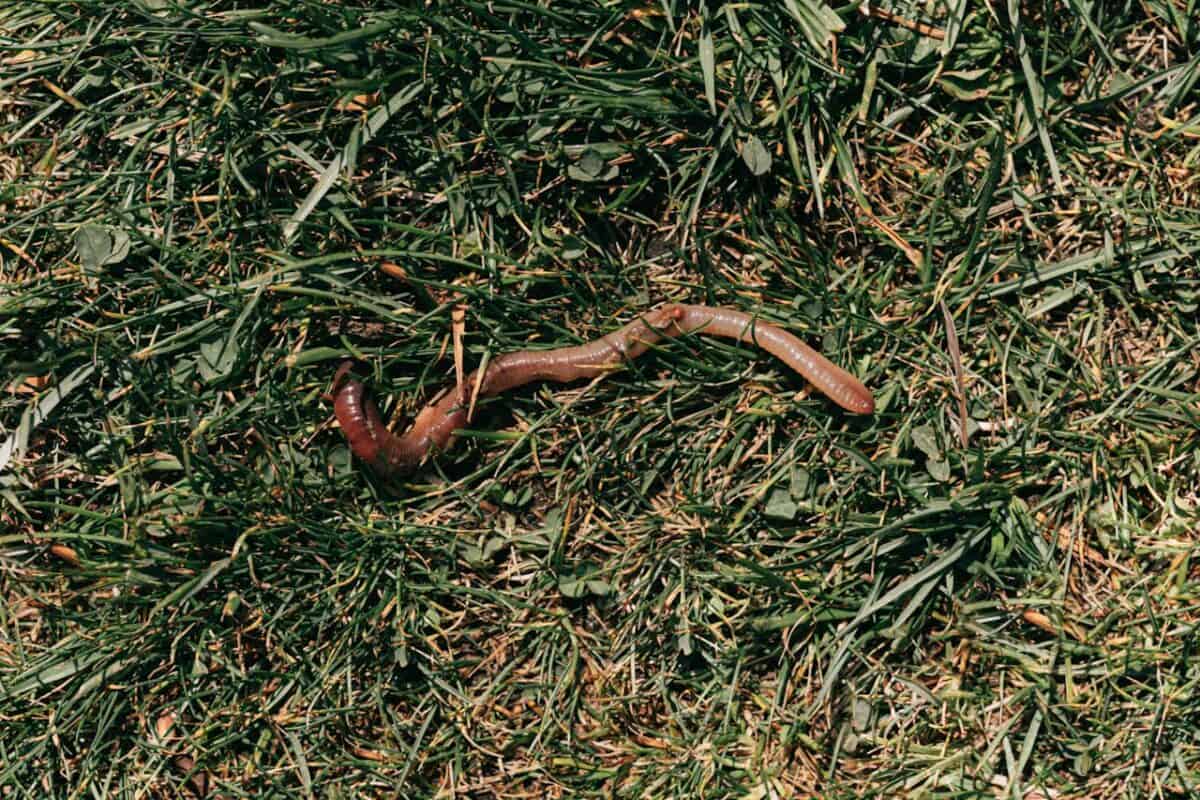
Image by Karolina Grabowska via Pexels
You might wonder, how do earthworms stretch to such remarkable lengths? The secret lies in their ingenious musculature. With both circular and longitudinal muscles, they can elongate and contract their bodies, facilitating movement through the soil. By anchoring their front segments and contracting circular muscles, they extend their bodies forward, repeating this process to navigate their subterranean domain.
Comparing the Giants: African Giant vs. Gippsland Earthworm
Let’s take a closer look at the distinguishing features of these colossal creatures in the table below:
| Feature | African Giant Earthworm | Giant Gippsland Earthworm |
|---|---|---|
| Scientific Name | Microchaetus rappi | Megascolides australis |
| Size | Up to 21 feet long, 0.8 inches in diameter | Average length: 3.3 feet, diameter: 0.79 inches (exceptional specimens up to 9.8 feet long) |
| Location | South Africa | Southeast Australia |
| Behavior | Underground dweller, sensitive to vibrations | Subterranean, gurgling sounds when moving underground |
| Diet | Organic matter | Organic matter |
| Lifespan | N/A | Relatively long lifespan |
| Conservation Status | N/A | Protected species |
Wrapping Up with the Largest Earthworm
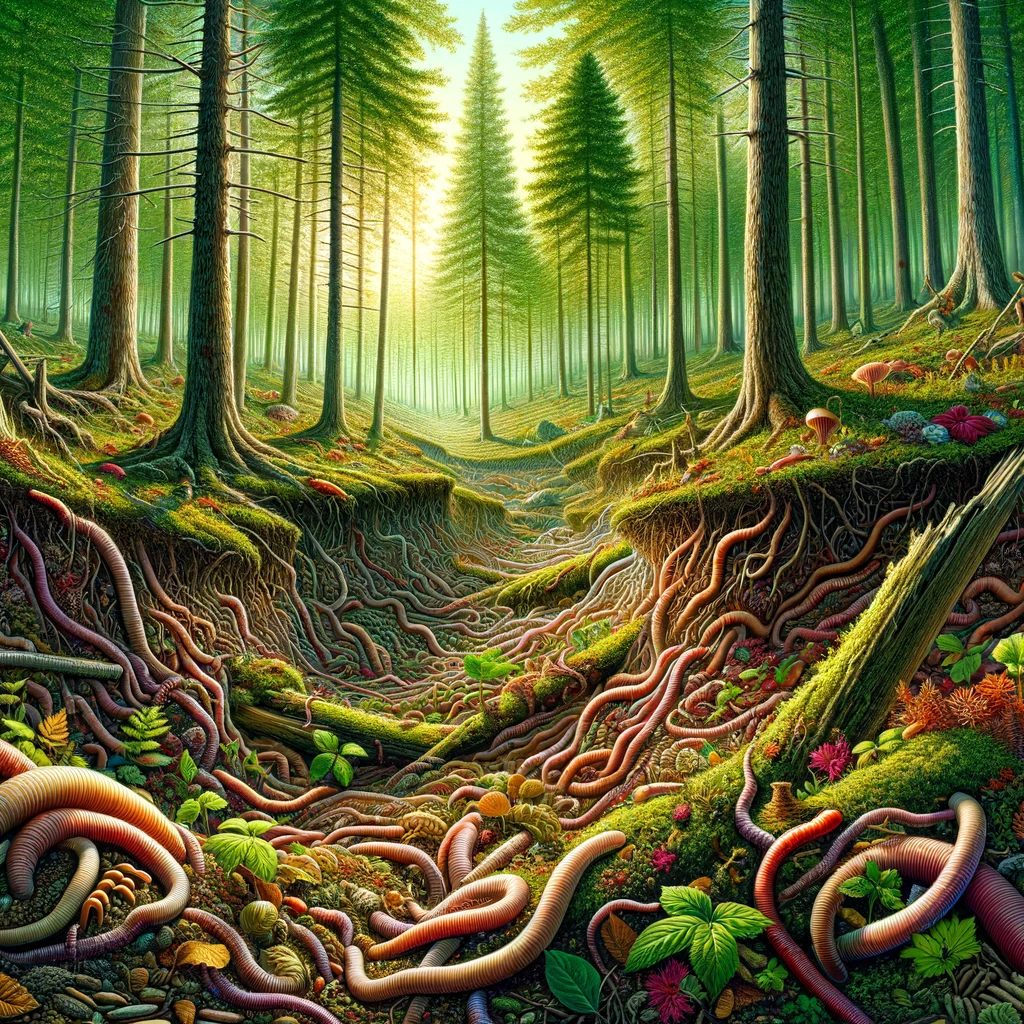
Image generated by Animals Around The Globe via DALL-E
In the hidden world beneath our feet, giant earthworms roam, their colossal frames shaping the landscapes they inhabit. From the sprawling riverbanks of Australia to the soil depths of South Africa, these remarkable creatures command awe and admiration. While their appearances are fleeting and their movements seldom seen, their ecological significance and majestic presence endure, reminding us of the wonders that lie beneath the surface of our planet.
Thank you for following along with this article –
Next up in the animal kingdom:
Join our Forum for free today!

- Beachgoers Save Massive Shark Stranded In Florida - July 22, 2024
- Pit Bull Rescued From Being Chained Its Whole Life Gets A Surprise - July 21, 2024
- Dog With Zoomies Takes Flight Into Barley Field - July 21, 2024

